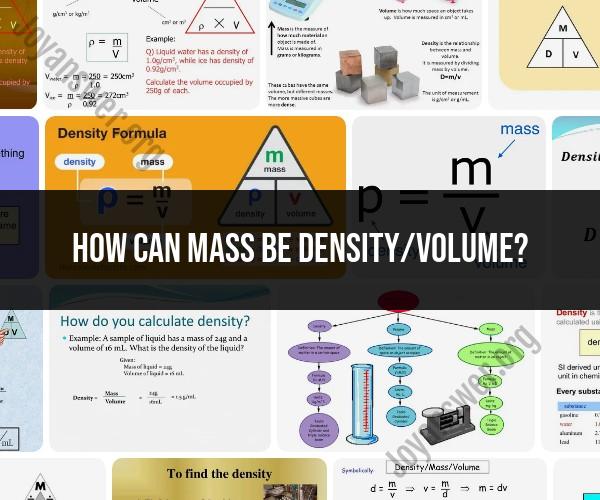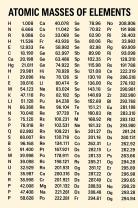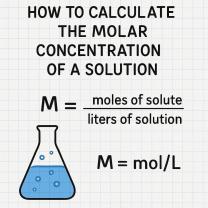How can mass be density/volume?
The relationship between mass, density, and volume is a fundamental concept in physics and chemistry. In this article, we'll delve into the intricacies of this relationship and how understanding it can provide insights into the properties of matter.
Understanding Mass, Density, and Volume
Mass, density, and volume are key properties of matter:
1. Mass
Mass refers to the amount of matter in an object and is usually measured in units like grams or kilograms.
2. Density
Density is the mass of an object per unit volume and is expressed in units like grams per cubic centimeter (g/cm³).
3. Volume
Volume is the amount of space an object occupies and can be measured in units like cubic centimeters (cm³) or liters.
Mathematical Relationship: Density = Mass/Volume
The relationship between mass, density, and volume is represented by the formula:
Density (ρ) = Mass (m) / Volume (V)
This formula illustrates that density is the ratio of an object's mass to its volume. Objects with higher densities have more mass in a given volume, while objects with lower densities have less mass in the same volume.
Exploring the Relationship
The relationship between mass, density, and volume leads to interesting observations:
1. Buoyancy
Archimedes' principle states that a floating object displaces its weight in fluid. Objects with lower densities than the fluid will float, while those with higher densities will sink.
2. Changes in State
The relationship is evident in changes of state. For example, when a substance freezes, its volume expands while its mass remains constant, resulting in a decrease in density.
3. Material Identification
By measuring the mass and volume of an object, its density can be calculated. This information helps identify materials based on their characteristic densities.
Applications and Implications
Understanding the relationship between mass, density, and volume has practical implications:
1. Industry and Manufacturing
Determining the density of materials is essential in fields like construction, manufacturing, and materials science.
2. Environmental Science
Calculating the density of pollutants in air or water can help assess environmental quality.
3. Medicine
Measuring the density of tissues in medical imaging can aid in diagnosing conditions like tumors or fractures.
Conclusion
The relationship between mass, density, and volume is a fundamental concept that underpins various aspects of science and industry. By understanding this relationship, we gain insights into the behavior of materials, the behavior of objects in different environments, and the application of these principles in various fields.













